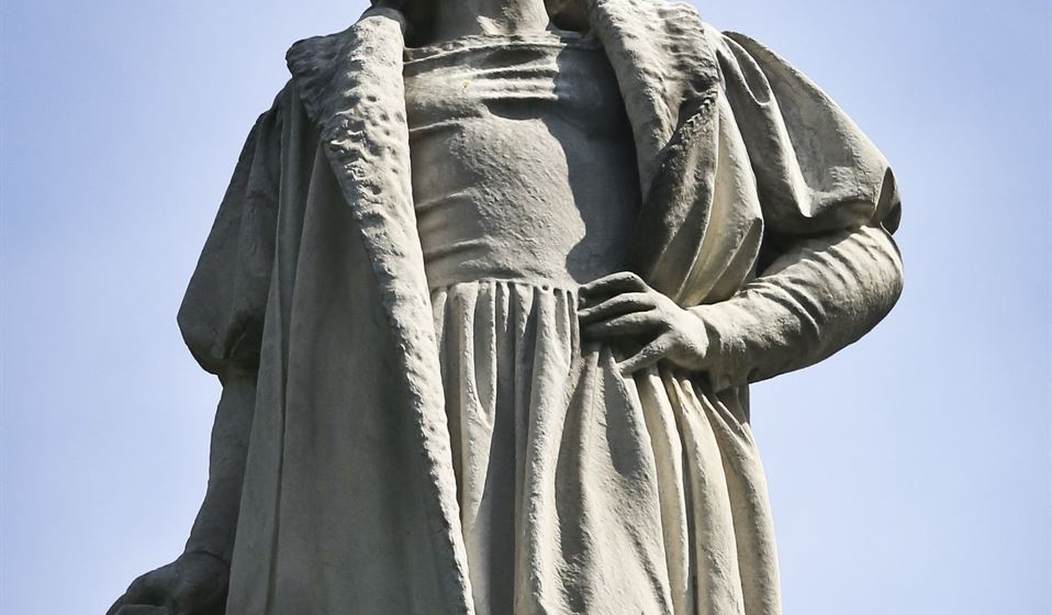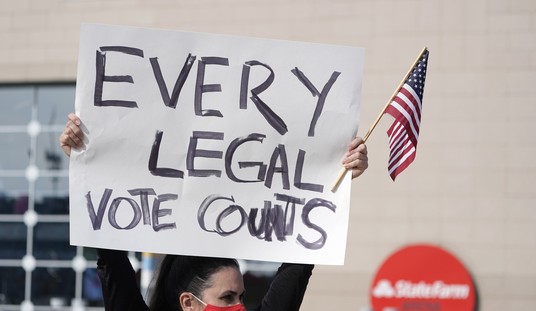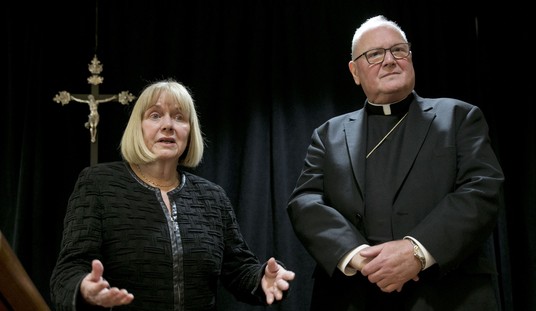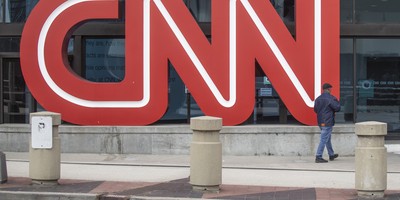Jeff Solimando is a friend of mine from Trenton, New Jersey, the town in which I was raised, and a writer for The Trentonian. Jeff’s most recent article—“Goodbye Columbus? Hello, ‘hypocrisy’ is more Realistic”—provides much food for thought.
I was raised in Franklin Park, a neighborhood that’s adjacent to Chambersburg. For about a century, the latter served as Trenton’s Little Italy. While I was growing up in the 1970s, ‘80s, and well into the ‘90s, Chambersburg, or “the ‘Burg,” as it was known by locals, enjoyed the distinction of being the capital city’s restaurant district. A lower middle-class community comprised primarily of relatively inexpensive, modest-sized row homes owned overwhelmingly by working class whites, the ‘Burg’s narrow streets—invariably impeccable—bustled with the finest Italian eateries, from five star restaurants to pizza and steak houses; from bakeries to taverns to “social clubs”; from educational institutions to (mostly Catholic) churches to family-friendly parks.
Among these parks is Columbus Park, home to an impressive bronze statue of the man after whom the park is named.
However, while this monument has been the centerpiece of the park for over 50 years, Jeff informs readers that there are residents of the ‘Burg that are calling for it to be razed on the grounds of its “offensiveness.”
This dramatic change in attitude toward the Columbus statue accompanies the dramatic demographic change of the neighborhood that’s transpired over the last 20 or so years.
The ‘Burg, you see, has long since ceased to be Little Italy.It is now the city’s largest Hispanic section, home to thousands of immigrants, many of whom are illegal, from Central and South America.
Recommended
This seismic cultural shift in Chambersburg is especially interesting—and alarming—inasmuch as it serves as a lens through which to understand comparable events that are transpiring throughout the country as a whole.
Those of the ‘Burg’s Italian restaurants that survived are now in the suburbs. A few years ago, when the owner of Rossi’s Bar and Grill, a staple of this once-thriving restaurant district, announced that his business would be leaving for nearby Hamilton Township, he replied to concerns expressed by customers that “it is not the building that makes the place, it’s the people that make the place, and we are keeping all of the same people.”
Six years prior, however, Mike Rossi told The Trentonian that he could never envision himself relocating his family business—even as the surrounding neighborhood was undergoing a sea change in its racial composition.
Unlike in the ‘20s and ‘30s, Rossi said, when it was Europeans who were settling the ‘Burg, today “it’s the Central American people who are…coming over here” and “buying houses,” “establishing little food stores,” and “buying two cars.” In other words, “exactly the same thing is happening in Chambersburg as happened in the ‘30s.”
“People continue to say that Chambersburg is changing,” Rossi said in 2008. Yet it “is becoming the same as it was. It’s just that a different part of the world is moving in here. History is just repeating itself.”
Perhaps it is because Mike Rossi, being a businessman, is terrified, as businesspeople tend to be, of saying anything that could be remotely construed as politically incorrect that accounts for why he would espouse such unmitigated nonsense, a view of identity that profoundly contradicts that which he affirmed six years later when he sought to reassure his clientele that the business would remain, even though the location would be changing.
The Rossi of ’08, not unlike some other public commentators on the ‘Burg’s demographic transformation, suggests that Chambersburg remains essentially one and the same place even as the people who made it the distinctive community that it was have been displaced by others with traditions, languages, customs, and mores that are not only different from, but, at times, radically incompatible with, those of the indigenous inhabitants.
The Rossi of 2014 speaks more sensibly when, though speaking of his restaurant, not the ‘Burg generally, he reminds concerned customers that it is not a building, i.e. dead matter, that grounds the identity of a human entity—a business, a home, a neighborhood, a town, a country—but the people who created, nourished, cherished, and perfected it.
It is the people, their communal practices, manners, and habits, that constitute the soul or spirit of any human association, like Chambersburg. It is this soul in which identity is to be found.
Chambersburg may have the same name, but it is fundamentally not the same neighborhood.That the former inhabitants of the ‘Burg held a vision of Christopher Columbus that is not only different from, but antithetical to, that held by its current residents exposes as self-delusional or deceptive anyone who would suggest that this is the same neighborhood as it has always been.
The ‘Burg provides as well a microscopic vision of America as a whole: Just as Little Italy is not defined by brick and mortar but by the Italians and Americans of Italian descent that constitute it, so too America is what it is by virtue of those who settled and made it. The statue of Columbus was placed in and preserved for over a half-a-century in a park that the ‘Burg’s residents named after the explorer as well. Columbus they regarded as an epic hero. Apparently, today’s inhabitants of this same geographical area want that statue gone, for Columbus, by their lights, is an epic villain.
The ‘Burg is no longer the ‘Burg. And can anyone doubt that America will cease to be America if and when it becomes predominantly occupied by untold millions of people from those same lands from which Chambersburg’s current residents hail?
If this outrage was real, and if the hand wringers were consistent, they would go well beyond their demands for the removal of statues to “offensive” white people. They would demand that a monument to another dead white man, and an Italian explorer to boot, be razed too:
That monument is America itself, a monument to Amerigo Vespucci.
Jeff Solimando, like many defenders of those monuments that have come under attack, purports to defend “history.” Yet it is actually our history to which he refers, the history of European peoples, or at least of those Europeans that imported and expanded Western civilization into the western hemisphere, making it the envy of the world. Those besieged monuments, like monuments to Columbus, are symbolic markers of this civilization’s historic identity.
And it’s that identity that is actually the target of the campaign against monuments, particularly and especially monuments to that man, Columbus, who has become the proverbial poster child for European Christian civilization:
If Columbus can be delegitimized, so too can the hemisphere’s crown jewel—America—be delegitimized.
For those who aren’t paying attention to the national scene, I urge you to begin learning about it from learning a bit about the past and present of the Chambersburg section of my hometown of Trenton, New Jersey.

























Join the conversation as a VIP Member